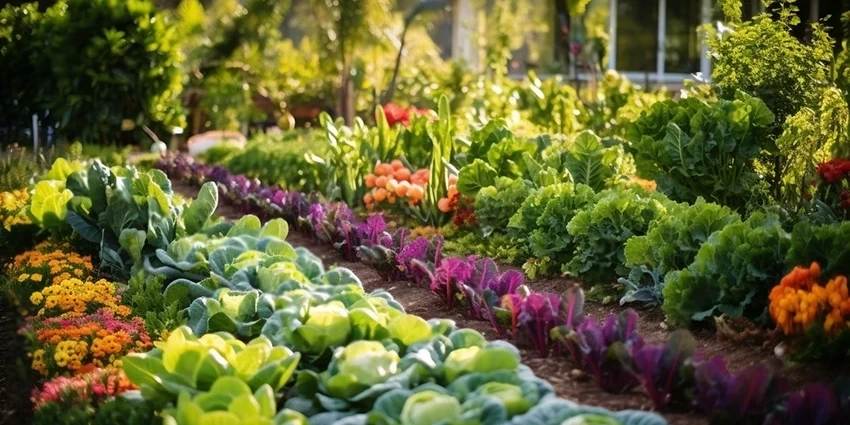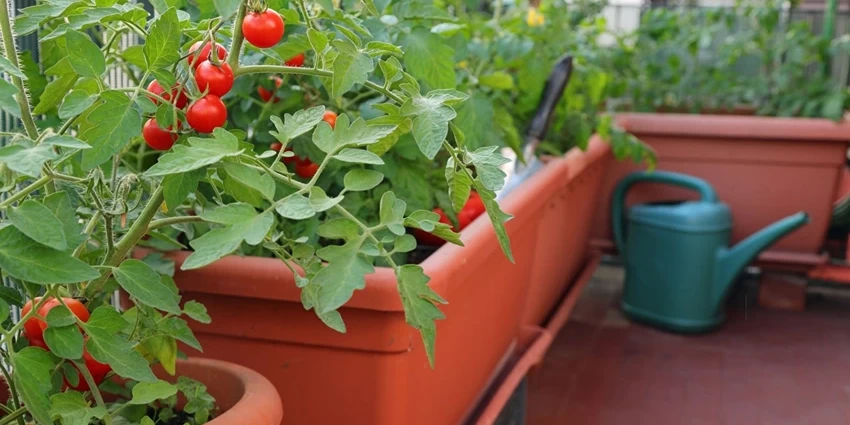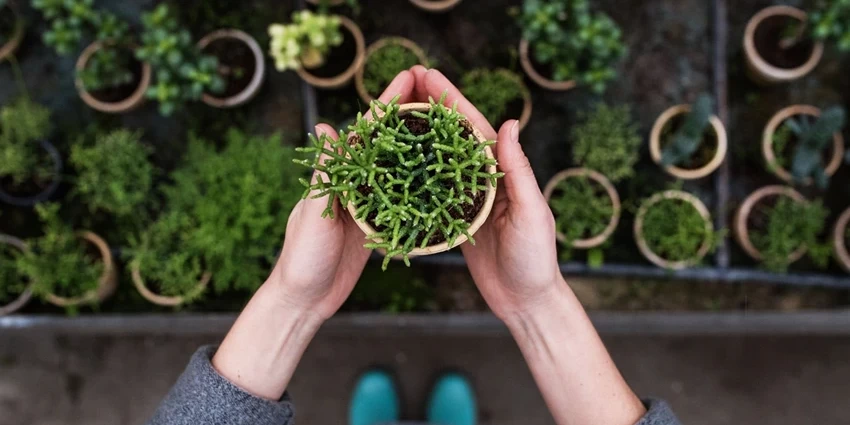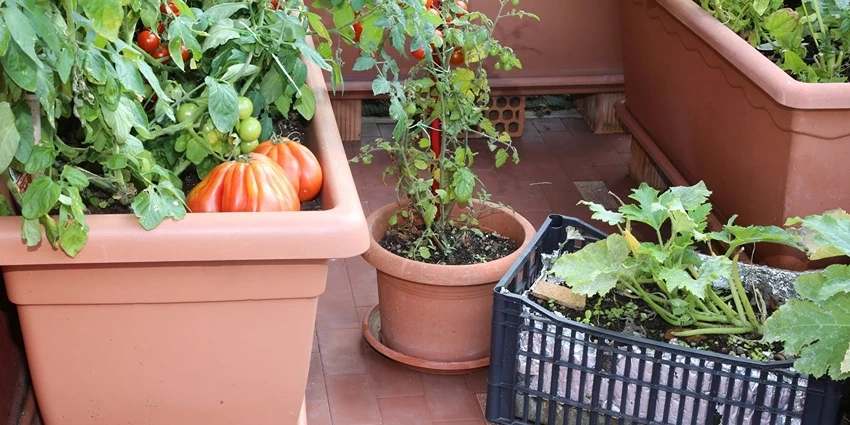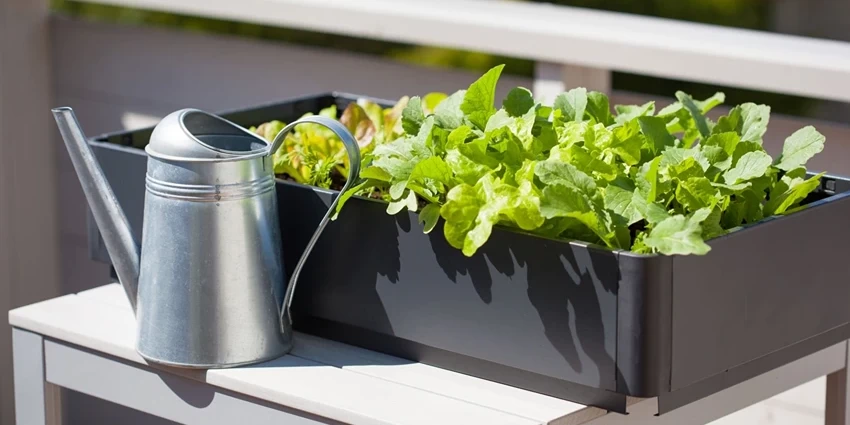All products were chosen independently by our editorial team. This review contains affiliate links and we may receive a commission for purchases made. Please read our affiliates FAQ page to find out more.
Home » Gardening Practices » Starting Organic Gardening
Embarking on the journey of organic gardening is like rekindling a timeless relationship between nature and us. It’s a path that leads to healthier food, a cleaner environment, and a deeper understanding of the natural world.
Register for our latest in-depth reviews and product round-ups from the experts.
Enter your email address below to receive our monthly review emails.
By entering your details, you are agreeing to our terms and conditions and privacy policy. You can unsubscribe at any time.
Understanding Organic Gardening
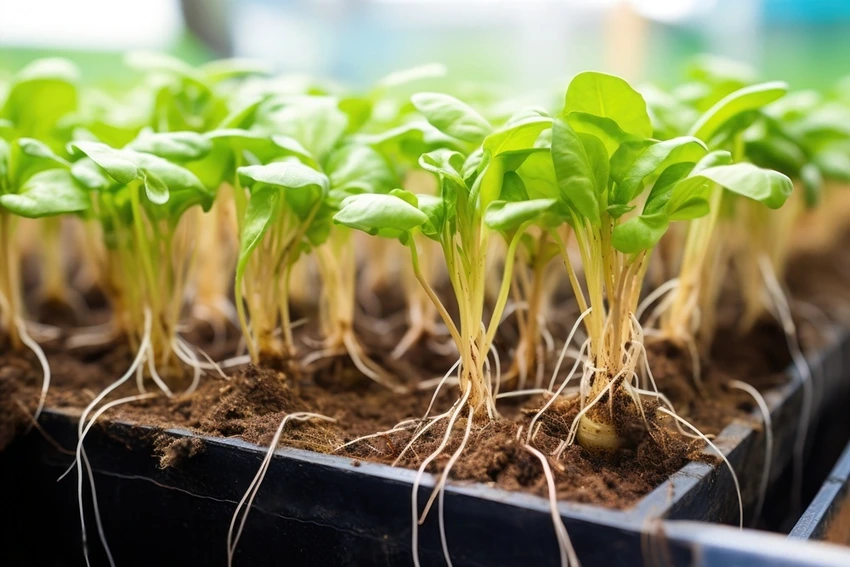
Organic gardening is more than a method; it’s a philosophy. It’s about growing food harmoniously with nature, similar to the family-friendly approaches discussed in Organic Gardening for Families, using techniques that encourage soil health, conserve water, and minimize pollution.
What is Organic Gardening?
Organic gardening is the practice of growing plants without synthetic fertilizers, pesticides, or genetically modified organisms. It relies on natural processes and materials to enrich the soil, control pests, and promote healthy plant growth.
Why Choose Organic?
- Healthier Produce: Plants grown organically are free from harmful chemicals.
- Environmental Protection: It supports biodiversity and soil conservation.
- Sustainable Practices: Organic gardening promotes sustainable agricultural practices.
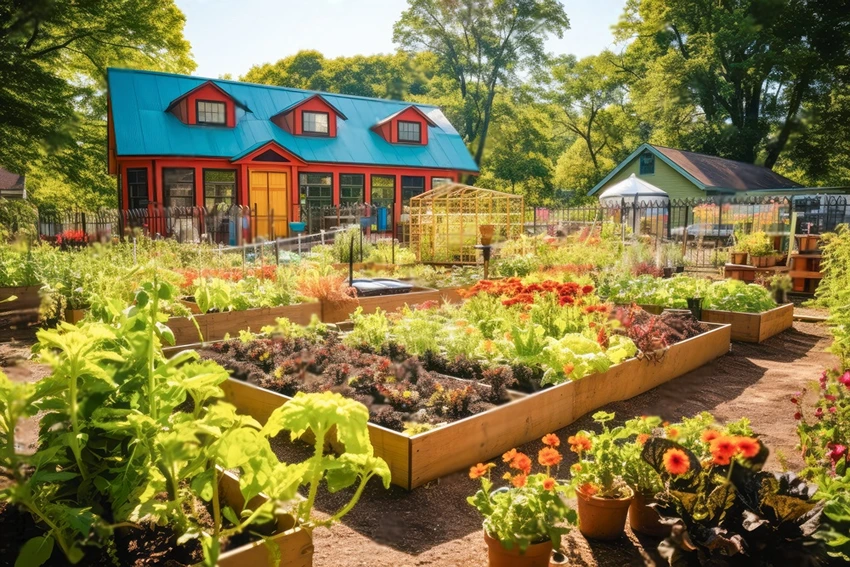
Planning Your Organic Garden
A well-planned garden sets the foundation for success, including the right tools like the best cordless lawn mowers. It involves understanding the specifics of your space, the needs of your plants, and the rhythm of the seasons.
Choosing the Right Location
- Sunlight: Most vegetables need 6-8 hours of direct sunlight.
- Soil Quality: Good drainage and fertile soil are crucial.
- Accessibility: Ensure easy access for regular maintenance.
Understanding Sunlight Requirements
| Plant Type | Sunlight Needed | Benefits |
| Leafy Greens | Partial Shade | Cooler conditions reduce bitterness. |
| Root Vegetables | Full Sun | Direct sunlight promotes robust growth. |
| Fruiting Plants | Full Sun | Sunlight ensures a bountiful harvest. |
Soil Preparation and Improvement
- Soil Testing: Determines pH and nutrient levels.
- Composting: Adds essential organic matter to the soil.
- Mulching: Conserves moisture and suppresses weeds, which is particularly beneficial in herb gardening mulching.
Selecting Plants for Your Organic Garden
Choosing the right plants, such as those for herb gardening for culinary use, is not just about what you want to grow but also what will thrive in your garden’s conditions.
Beginners’ Guide to Plant Selection
- Resilient Varieties: Opt for disease-resistant plants.
- Local Adaptation: Choose plants suited to your climate.
- Diversity: A variety of plants encourages a healthy ecosystem.
Seasonal Considerations
- Spring: Cool-season crops like lettuce and peas.
- Summer: Heat-lovers like tomatoes and peppers.
- Fall: Hardy plants like kale and Brussels sprouts.
Companion Planting Basics
| Companion Pair | Benefit |
| Tomatoes & Basil | Basil repels pests that affect tomatoes. |
| Carrots & Onions | Onions deter carrot flies. |
| Cucumbers & Marigolds | Marigolds repel beetles and improve growth. |
Setting Up Your Organic Garden
Creating an organic garden, especially when incorporating elements of medicinal herb gardening, is not just about planting seeds; it’s about cultivating a self-sustaining ecosystem in harmony with nature.
Basic Setup Steps for Beginners
- Layout: Design your garden layout with both aesthetics and function in mind, and keep it well-maintained with tools such as the best leaf blower vacuums.
- Beds: Raised beds can help with drainage and pest control.
- Pathways: Ensure you have access to all parts of the garden without stepping on growing beds, and maintain these pathways with tools like the best hedge trimmers for a neat and tidy garden layout.
Lighting
Introducing solar lights when starting organic gardening enhances the eco-friendly ethos of your endeavor, providing renewable energy lighting that ensures your garden is sustainable, inviting, and accessible at any hour, aligning perfectly with organic principles. Learn more about solar lights here.
Tools and Equipment Needed
- Spade and Fork: For turning the soil.
- Hoe and Rake: For shaping beds and removing weeds.
- Watering Can or Hose: For gentle watering.
Read our review about the best garden spades to find out more.
Organic Soil and Compost Fundamentals
- Soil Life: Encourage earthworms and beneficial microbes.
- Compost: Add compost regularly to nourish the soil.
- pH Balance: Aim for a pH that suits the majority of your plants.
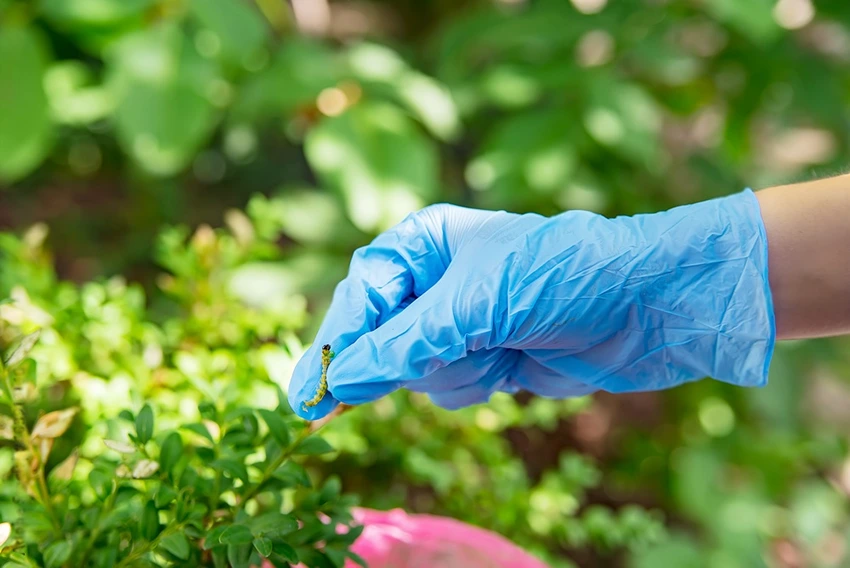
Organic Gardening Techniques
The techniques you use in your organic garden should mimic natural processes as much as possible.
Natural Pest Control Methods
- Biological Controls: Encourage beneficial insects that prey on pests.
- Physical Barriers: Use nets and row covers to protect plants.
- Organic Sprays: Use as a last resort and choose eco-friendly options.
Organic Fertilization and Nutrient Management
- Green Manures: Plant cover crops to fix nitrogen in the soil.
- Compost Tea: A liquid fertilizer made from compost.
- Rock Dust: Adds trace minerals to the soil.
Water Conservation Strategies
- Mulching: Reduces evaporation from the soil surface.
- Drip Irrigation: Delivers water directly to the plant roots.
- Rain Barrels: Collect rainwater for garden use.
Maintaining Your Organic Garden
Maintenance is key to a thriving organic garden. Regular attention will help you catch issues before they become problems.
Regular Maintenance Tasks
- Weeding: Keep on top of weeds to prevent them from taking over.
- Pruning: Encourage healthy growth and air circulation.
- Mulching: Maintain a layer of mulch to suppress weeds and retain moisture.
Monitoring Plant Health
- Observation: Regularly inspect plants for signs of stress or disease.
- Record-Keeping: Note what works and what doesn’t for future reference.
- Adjustments: Be prepared to change your approach based on what you observe.
Seasonal Adjustments and Crop Rotation
- Winter: Plan for the next season and order seeds.
- Spring: Start seedlings indoors and prepare beds.
- Summer and Fall: Harvest, preserve, and prepare the garden for winter.
Harvesting and Beyond
The fruits of your labor are the most rewarding part of organic gardening.
Best Practices for Harvesting
- Timing: Harvest in the morning when the plant’s sugar content is highest.
- Technique: Use the right technique to avoid damaging the plant or fruit.
- Succession Planting: Stagger plantings to extend the harvest season.
Storing Your Organic Produce
- Cool, Dark, and Dry: The best conditions for storing most produce.
- Canning and Freezing: Preserve your harvest for year-round enjoyment.
- Sharing: Share excess with friends, family, or a local food bank.
Preparing for the Next Season
- Soil Care: Add compost and cover crops to replenish the soil.
- Equipment Maintenance: Clean and repair tools and equipment.
- Planning: Reflect on the season and plan for improvements next year.
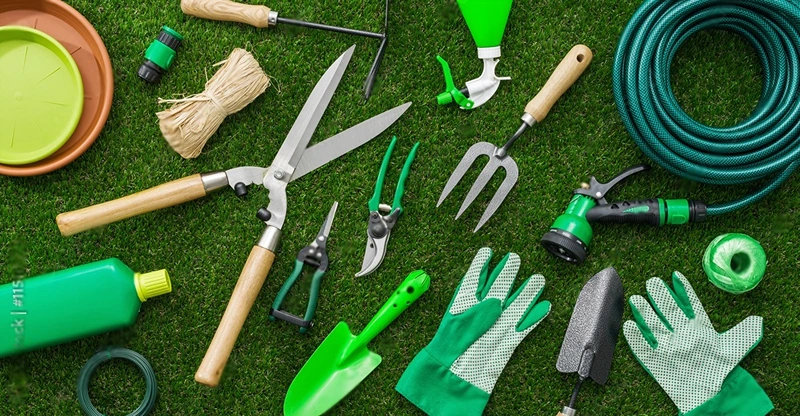
Frequently Asked Questions
Starting an organic garden begins with understanding the basics of organic practices, choosing the right location, preparing the soil with organic matter, and selecting plants that are suitable for your region and soil conditions.
The most important practices include soil health management, composting, using organic seeds, practicing crop rotation, employing natural pest control methods, and conserving water.
While you can use non-organic seeds, it’s best to use organic seeds to ensure that your garden is truly organic from start to finish.
Oliver, a creative powerhouse and gardening enthusiast, brings a unique blend of scientific knowledge and artistic flair to BritishGreenThumb.co.uk. Growing up in the vibrant city of Brighton, Oliver's earliest memories involve exploring the city's picturesque parks and gardens, which sparked his lifelong passion for horticulture.


